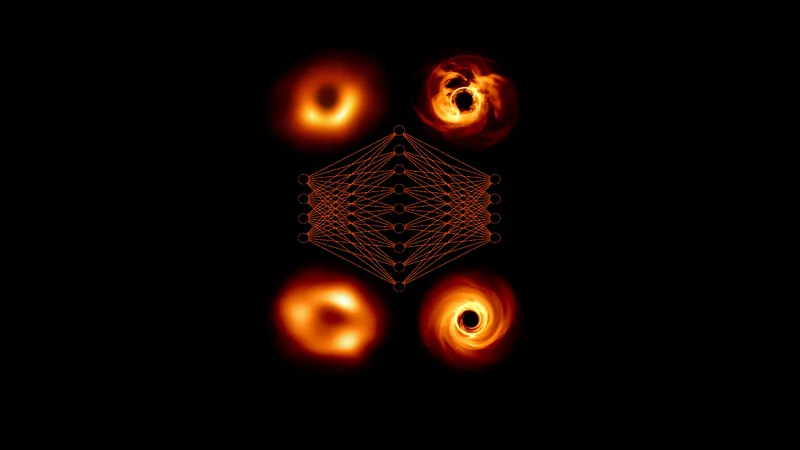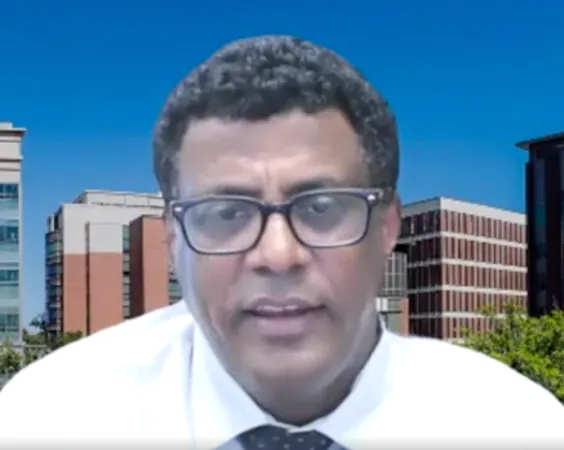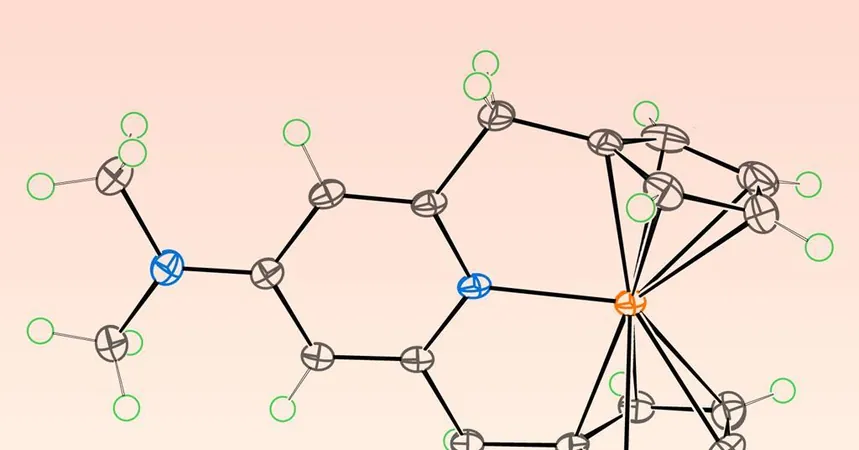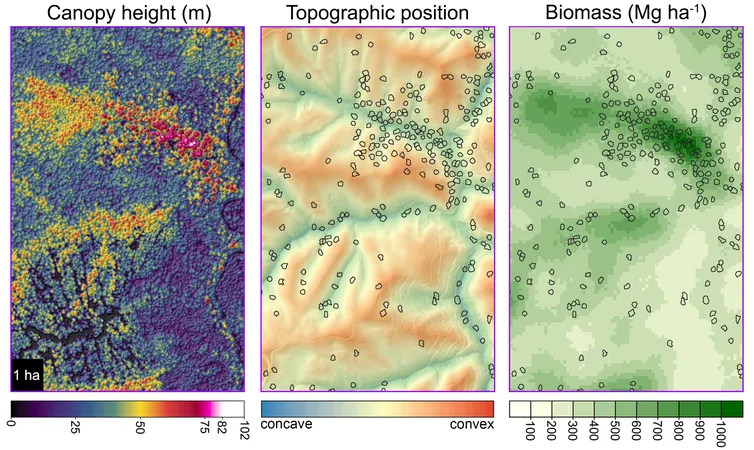
Is AI the Key to Understanding Our Galaxy's Black Hole? Nobel Laureate Raises Concerns
2025-06-17
Author: William
The Quest to Decode Sagittarius A*
The supermassive black hole, Sagittarius A*, at the center of our galaxy is spinning faster than ever, according to a groundbreaking artificial intelligence (AI) model. This revolutionary approach utilizes complex telescope data that was once deemed too noisy for analysis, aiming to produce the most stunning images of black holes to date.
Cautions from a Nobel Prize Winner
However, not everyone agrees on the reliability of these findings. Reinhard Genzel, a Nobel Prize-winning astrophysicist from the Max Planck Institute in Germany, expressed skepticism about the new AI’s claims. "While I'm intrigued by this work, we must remember: artificial intelligence is not a magic bullet," he cautioned.
The Challenge of Observing Black Holes
Observing Sagittarius A* has puzzled scientists for decades. In May 2022, researchers unveiled the first-ever image of this cosmic giant, yet mysteries remain about its behavior and properties. Now, an international team of scientists is leveraging the power of AI to extract deeper insights from data collected by the Event Horizon Telescope (EHT).
How the EHT Works
The EHT is unique—it comprises a network of linked instruments spread across the globe, working collaboratively rather than from a single location. By using long electromagnetic waves, the EHT measures the photon radius surrounding black holes. However, its technique, known as very long baseline interferometry, faces challenges, particularly from interference caused by water vapor in Earth's atmosphere.
Enter AI: A New Hope?
Michael Janssen, an astrophysicist at Radboud University and co-author of the study, highlighted the difficulties researchers face with EHT data. He stated, "A neural network is perfectly suited to tackle this problem." His team used previously discarded EHT data, plagued by atmospheric static, to train the AI model.
Revolutionary Discoveries?
This AI analysis produced a new image of Sagittarius A* that unveiled intriguing features. The researchers reported that the black hole appears to be spinning at nearly full speed with its rotational axis seemingly aligned toward Earth. Their findings were published this month in the journal Astronomy & Astrophysics.
Skepticism and Future Directions
However, Genzel argues that the AI model may be limited by the low-quality data it was trained on, potentially introducing biases that distort the image. Janssen and his team intend to refine their technique further by applying it to the latest EHT data, hoping to compare it with real-world results for more accurate simulations.
Is AI Our Answer to Cosmic Mysteries?
As we delve deeper into the mysteries of black holes, the marriage of AI and astrophysics offers a tantalizing glimpse into the future of space exploration. Yet, Genzel's message serves as a reminder that while technology advances, critical scrutiny remains essential in unraveling the cosmos.









 Brasil (PT)
Brasil (PT)
 Canada (EN)
Canada (EN)
 Chile (ES)
Chile (ES)
 Česko (CS)
Česko (CS)
 대한민국 (KO)
대한민국 (KO)
 España (ES)
España (ES)
 France (FR)
France (FR)
 Hong Kong (EN)
Hong Kong (EN)
 Italia (IT)
Italia (IT)
 日本 (JA)
日本 (JA)
 Magyarország (HU)
Magyarország (HU)
 Norge (NO)
Norge (NO)
 Polska (PL)
Polska (PL)
 Schweiz (DE)
Schweiz (DE)
 Singapore (EN)
Singapore (EN)
 Sverige (SV)
Sverige (SV)
 Suomi (FI)
Suomi (FI)
 Türkiye (TR)
Türkiye (TR)
 الإمارات العربية المتحدة (AR)
الإمارات العربية المتحدة (AR)